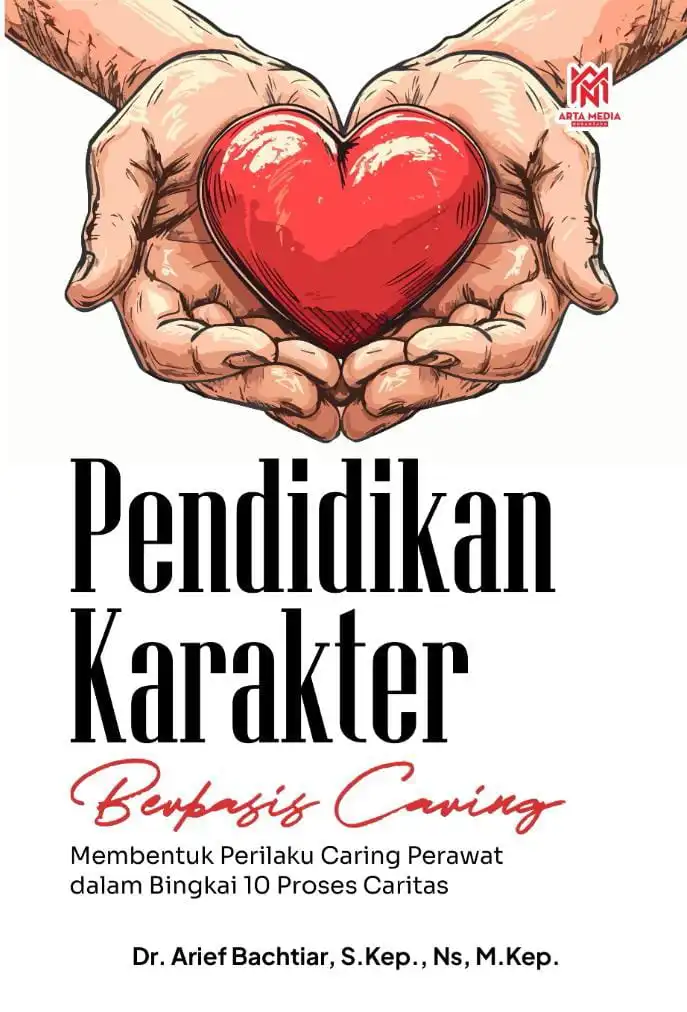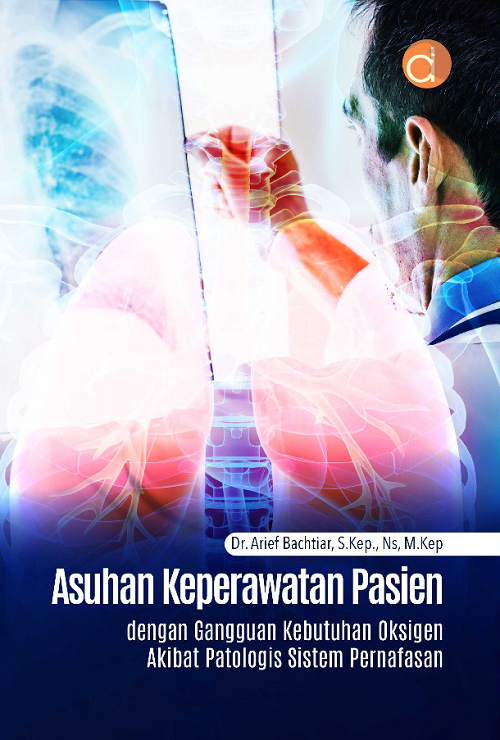Concept of Nursing Documentation
 |
| https://www.freepik.com |
Nursing documentation is an integral part of nursing practice that aims to document all information related to patient care. Proper and complete documentation not only provides a clear overview of the patient’s condition but also serves as evidence that the care provided adheres to established standards and professional ethics. In this chapter, we will discuss the concept and theory of nursing documentation, its goals, principles, benefits, and the approaches used in nursing documentation models.
A. Concept and Theory of Nursing Documentation
Nursing documentation is the process of recording, storing, and communicating information related to the patient's condition and the nursing actions taken. This documentation includes various aspects, from the initial patient assessment, nursing diagnosis, care planning, implementation, to evaluation of care outcomes.
Theoretically, nursing documentation can be explained through several models and approaches that guide the recording and reporting of medical information. One of the widely used theories is the theory of communication, which emphasizes the importance of clear, accurate, and structured information delivery in documentation to ensure effective communication between health team members (Chien, 2017). Another theory is the theory of accountability, which underscores the importance of documentation as proof of the nurse's actions and responsibility in patient care (Chaboyer et al., 2016).
B. Goals, Principles, and Benefits of Nursing Documentation
Goals of Nursing Documentation:
Recording Clinical Information of the Patient
The primary goal of documentation is to systematically record the patient's condition, which will be useful for planning, implementing, and evaluating the care provided (Vaughn & Green, 2019).
Ensuring Continuity of Care
Proper documentation allows for effective communication among healthcare professionals in hospitals or other healthcare facilities, ensuring that patient care continues appropriately.
Providing Accountability Evidence
Documentation serves as proof that the nurse has provided care in accordance with the established standards, while also protecting healthcare professionals from legal claims or lawsuits (Price et al., 2015).
Principles of Nursing Documentation:
Accuracy
All recorded information must be accurate and factual, without interpretation or inclusion of unclear details (Westbrook et al., 2015).
Legibility
Documentation must be readable by all healthcare team members, with no ambiguity in the recorded information.
Compliance with Legal and Ethical Standards
Documentation must comply with nursing standards and professional ethics as well as the relevant laws governing healthcare practice (Smith & Belding, 2018).
Completeness
Every aspect of patient care, including physical, emotional, and social factors, must be thoroughly documented to ensure all relevant information is captured.
Benefits of Nursing Documentation:
Ensuring Proper and Effective Care
Proper documentation helps nurses plan and deliver the right care based on accurate and complete data.
Serving as a Communication Tool Among Healthcare Professionals
Through documentation, information about the patient's condition can be easily communicated to other team members, including doctors, other medical staff, and nurses who will take over in the next shift.
Quality Control and Research
Documentation can be used for quality control in healthcare services and can also serve as a foundation for further research related to patient care (Chaboyer et al., 2016).
C. Approaches and Models of Nursing Documentation
Various nursing documentation models have been developed to facilitate the recording and reporting of patient information. Some common approaches used in nursing practice include:
SOAP Model (Subjective, Objective, Assessment, Plan)
This model emphasizes clear structure in documentation. Subjective refers to information provided by the patient (complaints), Objective refers to data found by the nurse (e.g., physical examination results), Assessment is the nursing diagnosis or analysis, and Plan refers to the care plan (Chien, 2017).
PIE Model (Problem, Intervention, Evaluation)
This approach focuses on recording the problems identified, the interventions performed, and the evaluation of the results of those interventions. It is particularly useful in managing long-term care issues (Vaughn & Green, 2019).
Focus Charting Model
This approach is more flexible and focuses on a particular issue faced by the patient, including relevant data and the outcomes of the actions taken to address that issue.
DAR Model (Data, Action, Response)
This model focuses on the data gathered, the actions taken by the nurse, and the patient's response. It is beneficial in cases where patient care requires close monitoring and rapid adjustments (Smith & Belding, 2018).
D. Factors Affecting Nursing Documentation
Availability of Resources
The availability of technological tools (e.g., electronic health record systems) and adequate training significantly impacts the quality of nursing documentation (Westbrook et al., 2015).
Nursing Skills
The nurse's ability to document clearly, accurately, and systematically affects the effectiveness of documentation (Price et al., 2015).
Policies of the Hospital or Healthcare Facility
Each hospital or healthcare facility has different policies regarding nursing documentation, which must be adhered to by all nurses.
E. Challenges in Nursing Documentation
Nursing documentation faces several challenges, including:
- Limited Time: Nurses often struggle to document information in detail due to limited time for direct patient care.
- Documentation Errors: Inaccuracies in documentation can occur due to fatigue or lack of training.
- Use of Technology: The transition from manual documentation to electronic systems also requires adaptation from healthcare professionals (Chaboyer et al., 2016).
Referensi
- Chaboyer, W., McMurray, A., & Wallis, M. (2016). Nursing documentation: A review of the literature. Journal of Nursing Care Quality, 31(2), 153-158.
- Chien, L. (2017). Theoretical perspectives in nursing documentation. Journal of Nursing Practice, 33(4), 14-20.
- Price, D., Smith, M., & Green, A. (2015). Nursing documentation and quality of care. Nursing Research and Practice, 9(3), 42-47.
- Smith, J., & Belding, D. (2018). Legal and ethical considerations in nursing documentation. Nursing Ethics Review, 8(1), 123-135.
- Vaughn, L., & Green, M. (2019). Nursing documentation models and their effectiveness. Journal of Clinical Nursing, 18(2), 234-240.
- Westbrook, J., Woods, A., & Robson, L. (2015). The impact of electronic health record use on nursing documentation quality. Journal of Medical Informatics, 15(3), 123-128.





Leave a Comment